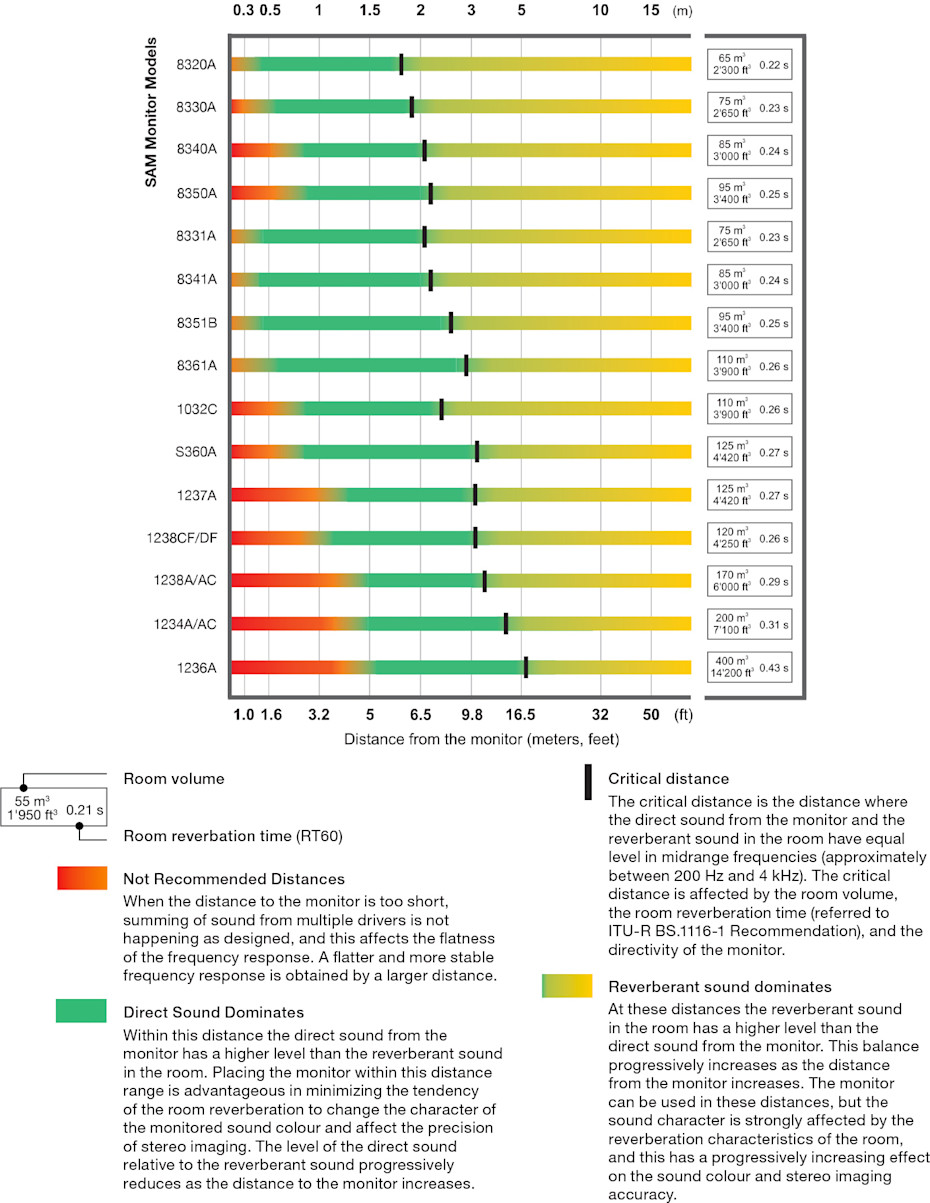The tweater is likely the same as the one in the KH 80, but I don't know for sure:
View attachment 325900
A friend of mine decided to look at the inside of the KH80DSP because he found the Neumanns run hotter than his JBL LSR305P MkII. Seems like there hasn't been any teardown picture of the KH80DSP on the internet. My friend kindly allowed me to share these disassembly pictures on this forum, so...

www.audiosciencereview.com
In which case it's nothing much to look at. The woofer, with that sturdy cast frame, looks the part though.
I think ASR has shown that the whole is often more important than the sum of it's parts. A well designed item that uses components of modest price and quality can outperfom those that ticks all the audiophile boxes with beautifully finished enclosures and all the right types and brands of components. Expensive Nichicon, Elna, Vishay, Mundorf or Mills components used in a poorly optimised circuit won't do much to help performance.
It's interesting that now that many resistors are tiny surface mount things, only a millimeter or so in length, that people seem to get less hung up on which brand they are. Whereas when they were larger through hole components, the distinctive Vishay Dale or Mills resistors were a sign of "quality".
View attachment 325897 View attachment 325898
Looks are important for some and who can deny that the some of the things made by premium brands, which are beautifully finished, inside and out, aren't impressive:
View attachment 325902 View attachment 325903
Some of them even perform well.

As the owner of a pair of KH 150s, I hope that Neumann have done their homework and that as a "professional" monitor, they are well engineered and long lasting, but I guess only time will tell.

www.audiosciencereview.com


